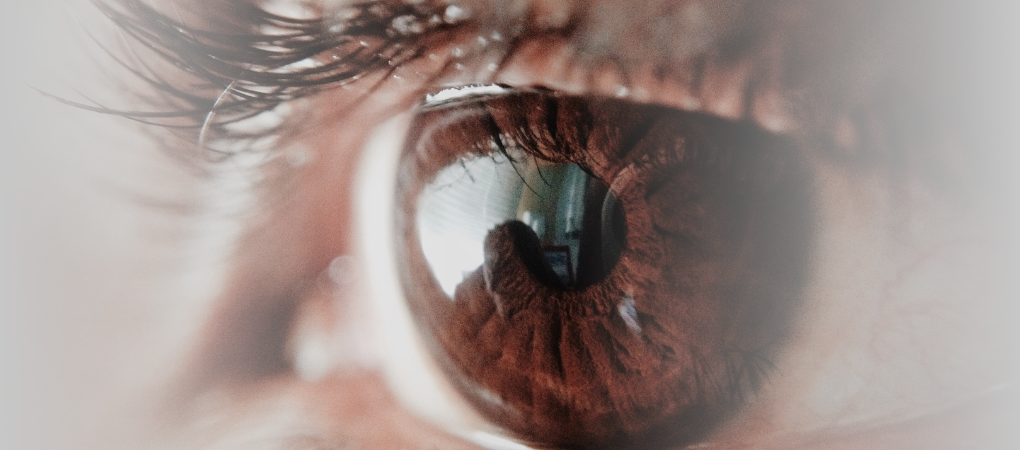Francesca Galiano
|
02/09/2022 - Last update 29/12/2022
Mark E Sandhouse, Diana Shechtman, Gregory Fecho, Elena M Timoshkin | Year 2016
Effect of Osteopathic Cranial Manipulative Medicine on Visual Function
Scope:
Funzione visiva
Type of study:
Pilot randomized controlled trial
Date of publication of the study’:
2016/Nov/01

Purpose of the study
- Objective: to evaluate the effects of OMT on the visual function
- Measured outcomes:
- Primary: distance visual acuity (also using lenses or corrective glasses), accommodative system functionality (Donder push up test), local stereoacuity, pupillary size variations and vergence system functionality
Participants
- Number: 89 people (75 female and 14 male, mean age 25.24 years)
- Criteria of inclusion: student volunteers or employees of the NSU Health Professions Division of Fort Lauderdale, Florida, age 18-35 years, refractive error between 5 dioptres of myopia and 6 dioptres of hyperopia with any degree of regular astigmatism, best corrected visual acuity of at least 20/40 for both eyes, no diagnosed ocular or systemic pathology, not being pregnant (or at least not knowing), no head trauma or cranial trauma with brain lesions, never having received cranial OMT, not being recruited in any past pilot study
- Criteria of exclusion: students of the College of Osteopathic Medicine and of the College of Optometry of the NSU Health Professions Division of Fort Lauderdale, Florida
- Groups of study: two groups obtained by randomization
- Group 1: OMT, 47 people (10 female and 16 male, mean age 11.8 months)
- Group 2: sham treatment, 42 people (11 female and 13 male, mean age 12.4 months)
Interventions and evaluations
- Evaluation of cranial asymmetries at the level of the sphenobasilar synchondrosis (those found without asymmetries were not included) at the time of recruitment and after each intervention
- Assessment of distance visual acuity (also through the use of lenses or corrective glasses), of the accommodative system (Donder push up test), local stereoacuity, pupillary size, vergence system and retinoscopy at the time of recruitment, after each intervention and at every follow-up
- Administration of a questionnaire at the end of the intervention phase of the study, to understand if the participants had realized to which group they belonged
- Maximum 8 weekly 5-minutes OMT or sham treatment sessions and 8 follow-up visits
- people moved to the follow-up phase in advance if their cranial somatic dysfunction was considered resolved
- Cranial OMT: membranous tension balancing to correct the sphenobasilar synchondrosis dysfunctions found during the evaluation
- Sham treatment: light touch applied to the skull
- Skull assessments and cranial OMT performed by a single osteopath with more than 16 years of experience
- For each person, pre- and post-intervention ophthalmic evaluations performed by the same optometrist
Results
Primary outcomes: compared to the recruitment, both groups showed statistically significant improvements in visual acuity in both eyes, as well as statistically significant reduction in local stereoacuity, the functionality of the accommodative system and the functionality of the vergence system in relation to the ability to converge the eyes towards a near target.
In group comparisons, the OMT showed statistically significant worsening in the functionality of the vergence system (greater increase in the distance from the nose at which the sight began to split) and an increase in pupil size under intense light.
No adverse effects were detected.
Discussion
The study showed how both light touch and cranial OMT are able to affect visual functionality at different levels. Potentially, these effects have been mediated by an influence on the shape of the eyes, their mobility and autonomic innervation.
The evaluation of sphenobasilar synchondrosis may, however, explain the effects also observed in the sham treatment.
Therefore, studies are needed to assess the actual influence of the sphenobasilar synchondrosis evaluation alone, and to compare the OMT with a control group that does not receive any intervention. Moreover, additional ophthalmic assessments might be useful, for example, in order to divide recruited people into myopic or hypermetropic subjects or, at least, to stratify the results in relation to the visual condition.
The review of Osteopedia
By Marco Chiera
Strengths: accurate description of the evaluations used to allow a reproduction; it was evaluated whether the participants understood which group they belonged to; flow chart that clearly explains how the study was conducted.
Limits: Participants who completed the study received $250, which may have induced a moderate placebo/nocebo effect; the predominantly female sample prevents extending the results also to men.
Lack of a discussion both on the actual reality of the physiological mechanisms underlying the effects detected and, above all, on the impact of the visual changes detected, in particular on the worsenings; not recognition of the importance and possible effectiveness of light touch in itself (its effects seem to be given exclusively to the evaluation of sphenobasilar synchondrosis).

Are you an osteopath?
Register and enjoy the membership benefits. Create your public profile and publish your studies. It's free!
Register now
School or training institution?
Register and enjoy the membership benefits. Create your public profile and publish your studies. It's free!
Register now
Do you want to become an osteopath? Are you a student?
Register and enjoy the membership benefits. Create your public profile and publish your studies. It's free!
Register now







